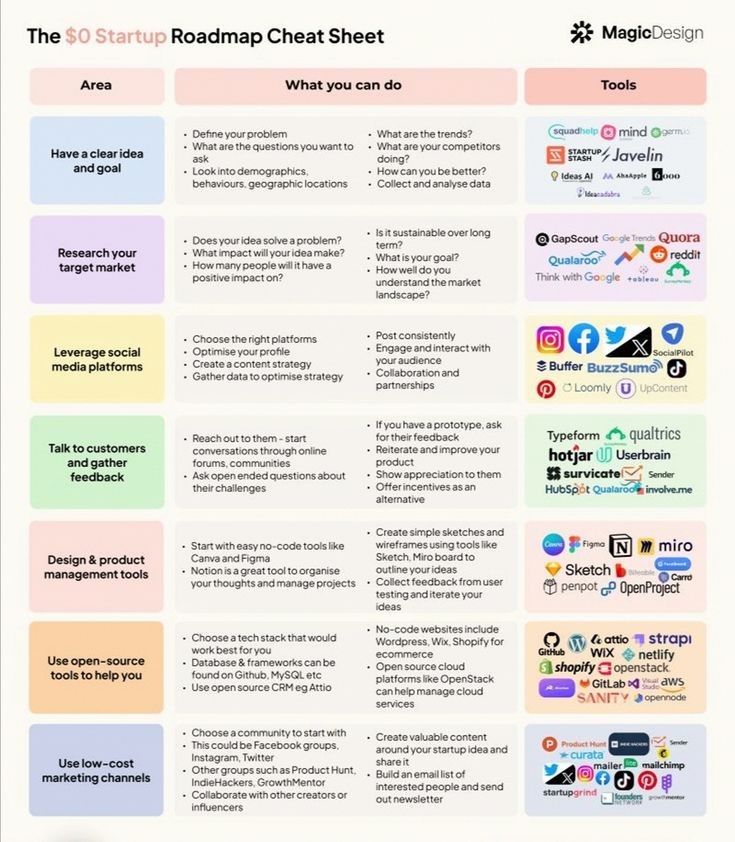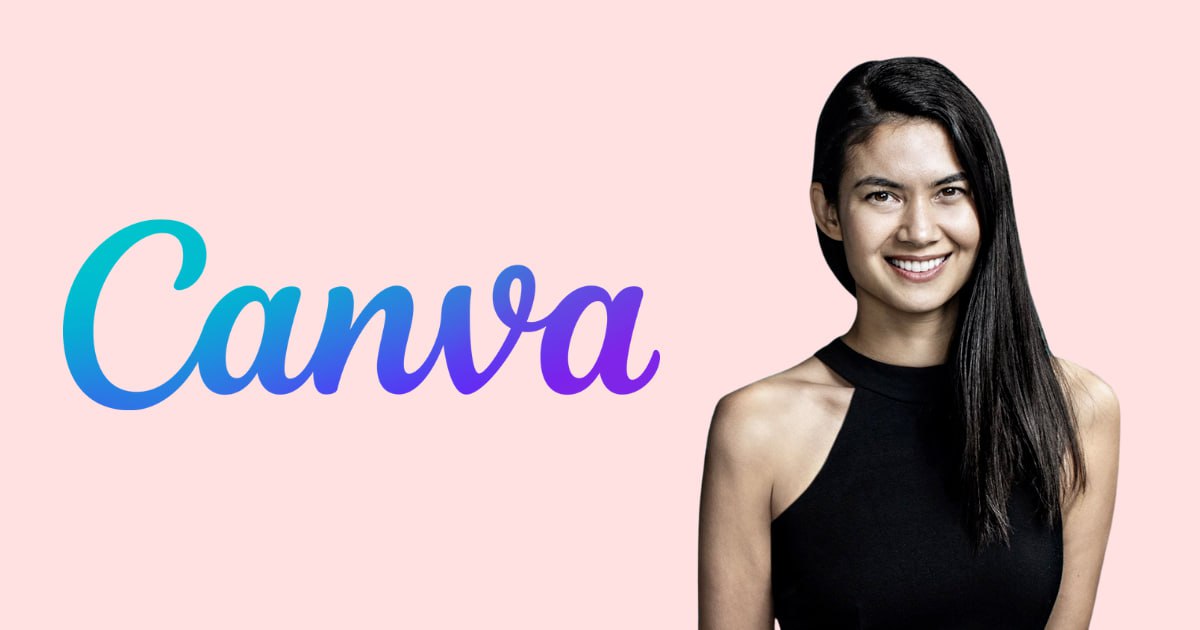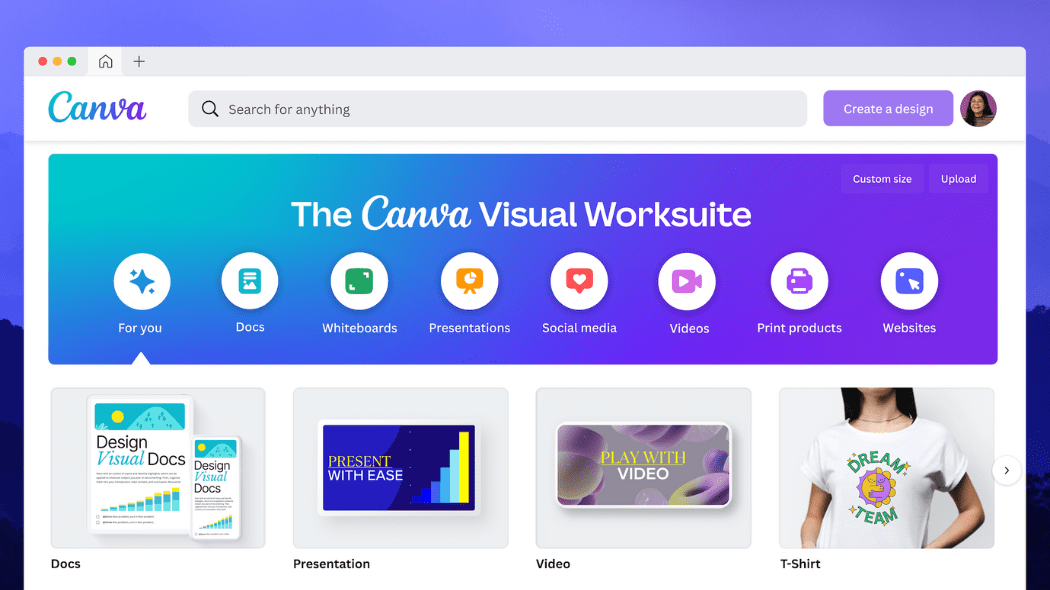Back
vishakha Jangir
•
Set2Score • 9m
𝗛𝗼𝘄 𝗱𝗶𝗱 𝗖𝗮𝗻𝘃𝗮 𝗯𝗲𝗰𝗼𝗺𝗲 𝘁𝗵𝗲 𝗡𝗼. 𝟭 𝗰𝗵𝗼𝗶𝗰𝗲 𝗳𝗼𝗿 𝗴𝗿𝗮𝗽𝗵𝗶𝗰 𝗱𝗲𝘀𝗶𝗴𝗻𝗲𝗿𝘀? Melanie Perkins and Cliff Obrecht founded Fusion Books in 2007 to create an easy-to-use online tool for designing school yearbooks. The idea came from recognizing the difficulty students faced with traditional design software like Photoshop. After struggling to secure Australian investors, they met Bill Tai, who connected them with key Silicon Valley networks. Cameron Adams, a former Google engineer, joined as a co-founder to help develop the platform. Launched Canva in 2013, offering a drag-and-drop design tool for non-designers. Operates on a freemium model, with free tools and premium subscriptions (Canva Pro, Canva for Teams). Expanded from individual users to businesses, schools, and nonprofits. Acquired Pixabay & Pexels in 2019 to offer free stock media. Added Canva for Education, providing free tools for teachers and students. Introduced AI-powered features like Magic Studio to enhance design automation. Expanded into video editing, website creation, and document design. Over 200 million active users across 190+ countries. Reached a valuation of $48.7 billion as of 2024. Launched Canva Print to offer printing services for designs on various products. Partnered with major brands like Microsoft, Google, and HubSpot to enhance its design tools and integrations. Follow me vishakha Jangir for more such insights.

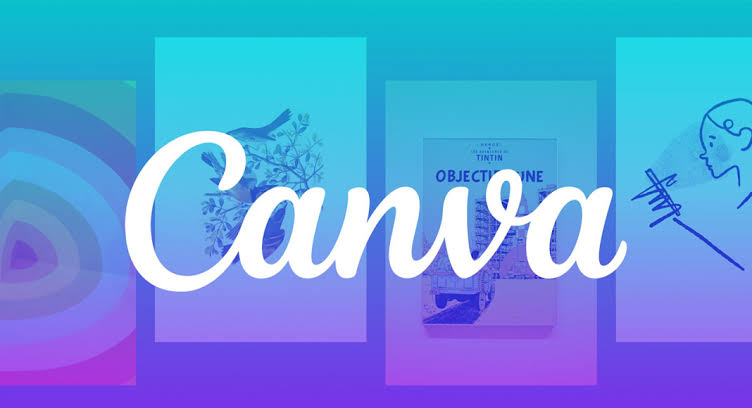

Replies (2)
More like this
Recommendations from Medial
Rudra Narayan samal
Hey I am on Medial • 11m
Seeking passionate Graphic Design Interns! Join our creative team to design captivating visuals, social media posts, and promotional materials. Enhance your skills while working on real-world projects. Proficiency in design tools like Adobe Photoshop
See MoreSiddharth K Nair
Thatmoonemojiguy 🌝 • 6m
How Canva Outsmarted Giants and Designed Its Way to a Billion-Dollar Future In a world ruled by design titans like Adobe, Canva sketched a bold new path. Born from a college idea by Melanie Perkins Canva wasn’t made for designers it was made for eve
See More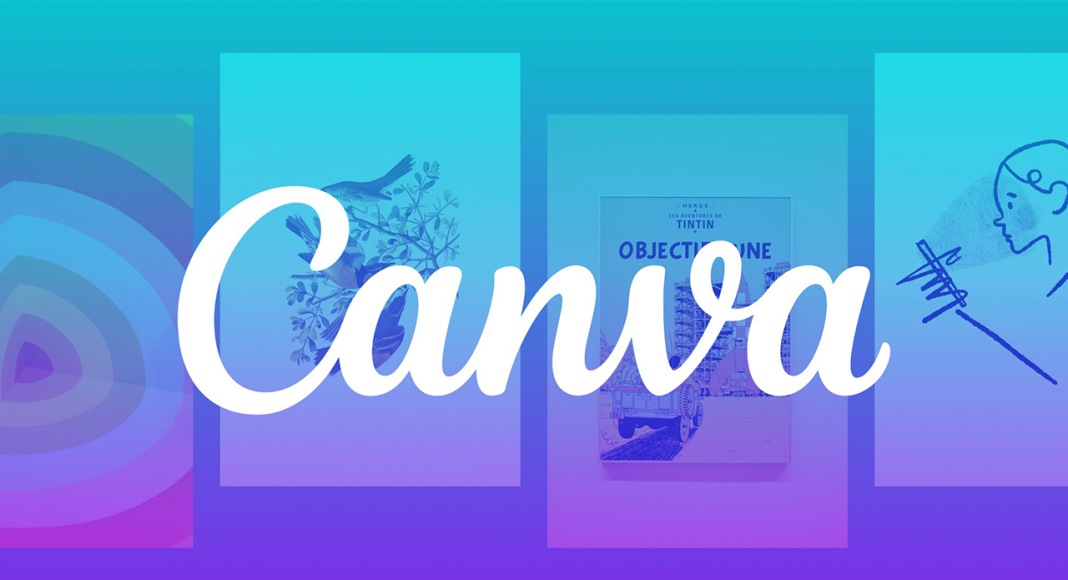
Download the medial app to read full posts, comements and news.







